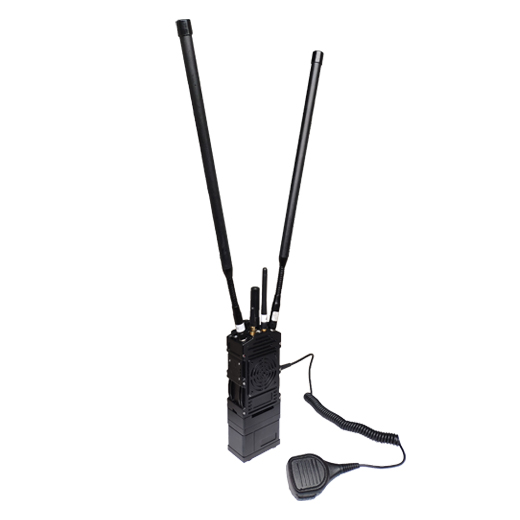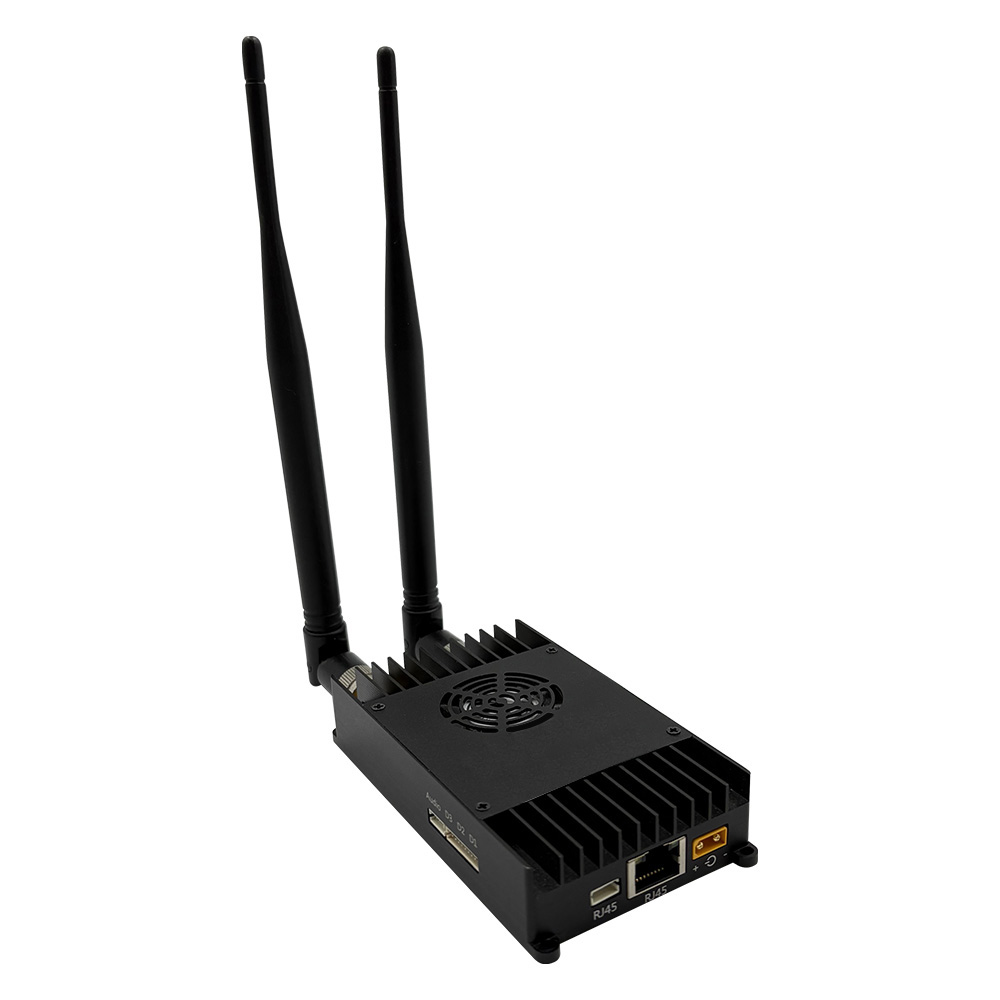Deep breakthroughs and core innovation progress in wireless communication technology
In the current era when the digital wave sweeps across the globe, wireless communication technology remains the core driving force for the development of the information society. With the continuous deepening of technological research, many underlying technologies and cutting-edge solutions have achieved key breakthroughs, laying a solid foundation for the performance improvement and application expansion of wireless communication networks. From the technical optimization of millimeter-wave communication to the innovation of MIMO (Multiple-Input Multiple-Output) systems, from the refined management of network slicing to the deep integration of edge computing, the field of wireless communication is constantly breaking through technological boundaries.

Millimeter Wave Communication: New Advances in Bandwidth Expansion and Performance Optimization
Millimeter-wave communication, thanks to its abundant spectrum resources, can offer extremely high data transmission rates and has become one of the key technologies for 5G and future 6G networks. However, millimeter-wave signals encounter challenges such as significant path loss and weak penetration during transmission. Recently, researchers have made several breakthroughs in millimeter-wave communication technology.
In terms of antenna design, the application of the new phased array antenna technology has significantly enhanced the directional transmission capability of millimeter wave signals. By controlling the phase of each unit in the antenna array, the phased array antenna can flexibly adjust the beam direction, enhance the directionality of the signal, and effectively overcome the problem of large propagation loss of millimeter waves. For example, some advanced phased array antennas can achieve 360° omnidirectional scanning, precisely lock onto communication targets in complex environments, and significantly improve the stability of the communication link.
In the field of signal processing, the deep integration of adaptive modulation and coding (AMC) technology and beamforming technology has further optimized the performance of millimeter wave communication. AMC can dynamically adjust the modulation mode and coding rate based on the channel quality, maximizing transmission efficiency while ensuring transmission reliability. Beamforming technology, by adjusting the weighting coefficients of the antenna array, concentrates the signal energy in the target direction, enhancing the signal strength. The combination of these two technologies enables millimeter wave communication to maintain stable connections and high-speed data transmission even in high-speed mobile scenarios.
MIMO Technology: A Dual Revolution of Large-scale and Intelligent Reflecting Surfaces
MIMO technology, as a core technology for enhancing the capacity and spectral efficiency of wireless communication systems, has made significant progress in large-scale MIMO and intelligent reflecting surface (RIS) in recent years.
Large-scale MIMO can simultaneously communicate with multiple users by deploying a large number of antennas at the base station. This significantly enhances the system capacity and coverage. Currently, researchers are dedicated to solving the channel estimation problem in large-scale MIMO systems. Channel estimation algorithms based on deep learning have emerged as a result. This algorithm utilizes the powerful learning ability of neural networks to quickly and accurately estimate channel state information, reducing computational complexity while improving estimation accuracy, providing strong support for the efficient operation of large-scale MIMO systems.
The intelligent reflecting surface is a planar array composed of a large number of programmable reflecting units, which can flexibly control the propagation path of wireless signals by adjusting the amplitude, phase and polarization characteristics of the reflected signals. Combining the intelligent reflecting surface with MIMO technology can further enhance the system performance. For example, in areas with severe signal obstruction, the intelligent reflecting surface can change the direction of signal propagation, bypass obstacles, and enhance signal coverage; at the same time, by optimizing the configuration of the reflecting units, it can also effectively suppress interference, improve the anti-interference ability and communication quality of the system.
Network slicing: A key technological upgrade for achieving differentiated services
Network slicing technology can divide the physical network into multiple logically independent virtual networks based on different business requirements. Each slice can be customized to allocate network resources and provide differentiated service quality. With the increasingly diverse application scenarios of 5G-A and future 6G, network slicing technology is also constantly upgrading.
In the field of slice management, the dynamic slice management system based on artificial intelligence has become a research hotspot. This system can promptly perceive the network status and business demands, and automatically adjust the slice resource allocation strategy. For instance, when there is a sudden high-bandwidth business demand in the network, the system can quickly allocate idle resources to the corresponding slice to ensure the smooth operation of the business; at the same time, during the period of low business demand, it can reasonably recover resources to improve resource utilization. In addition, the cross-operator network slice collaboration technology is also gradually improving. Different operators can share slice resources, achieve complementary advantages, and enhance the overall efficiency of network services.
The deep integration of edge computing and wireless communication
Edge computing moves computing and storage resources to the network edge, close to the source of data generation, which can effectively reduce data transmission latency and alleviate the burden on the core network. In the field of wireless communication, the integration of edge computing with technologies such as 5G and Wi-Fi is becoming increasingly close.
In the intelligent transportation scenario, the combination of vehicle networking and edge computing enables rapid information exchange and real-time processing among vehicles. The roadside unit (RSU), as an edge computing node, can promptly receive driving data uploaded by vehicles and conduct analysis and processing, quickly providing driving suggestions or warning information, thereby enhancing driving safety and traffic efficiency. In the industrial internet domain, edge computing supports local data processing and real-time control of industrial equipment, reducing reliance on the cloud and ensuring the stability and reliability of industrial production. At the same time, the collaborative optimization technology between edge computing and wireless communication is constantly evolving. By reasonably allocating computing tasks and data transmission paths, it further improves system performance and meets the requirements of various low-latency and high-reliability services.
-
 2025-10-24
2025-10-24 -

What is an Emergency Communication System and How Does It Work?
2025-09-16 -

What Is Point to Point and Point to Multipoint Wireless Network?
2025-09-05 -

What Are the Two Types of Microwave Transmission?
2025-08-29 -

Multi-Node MESH Networking: Principles and Real-World Applications
2025-08-18 -

What Is the Difference Between Radio and Microwave Video Transmission?
2025-07-30 -

Unmanned Aerial Vehicle Transmission Equipment Communication Solution
2025-07-24








